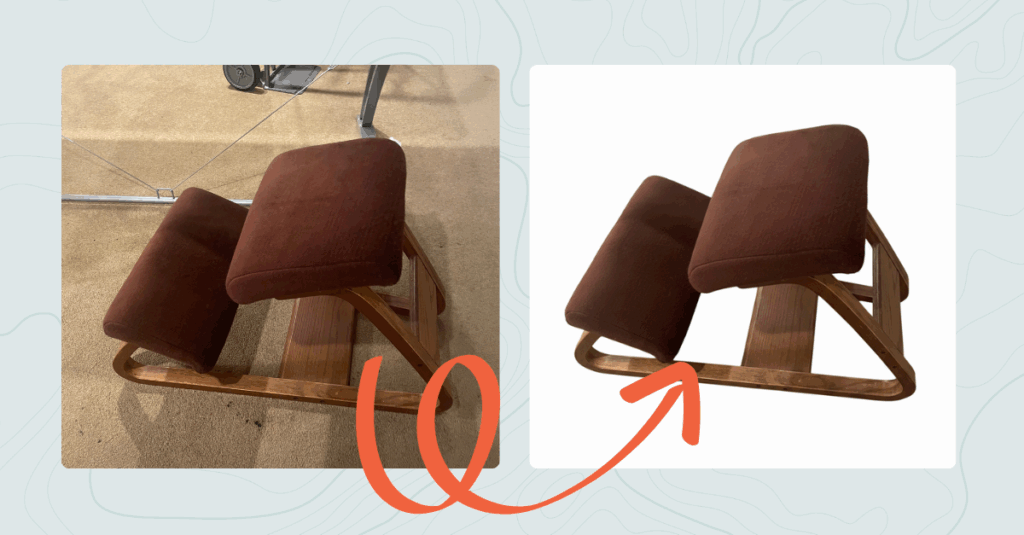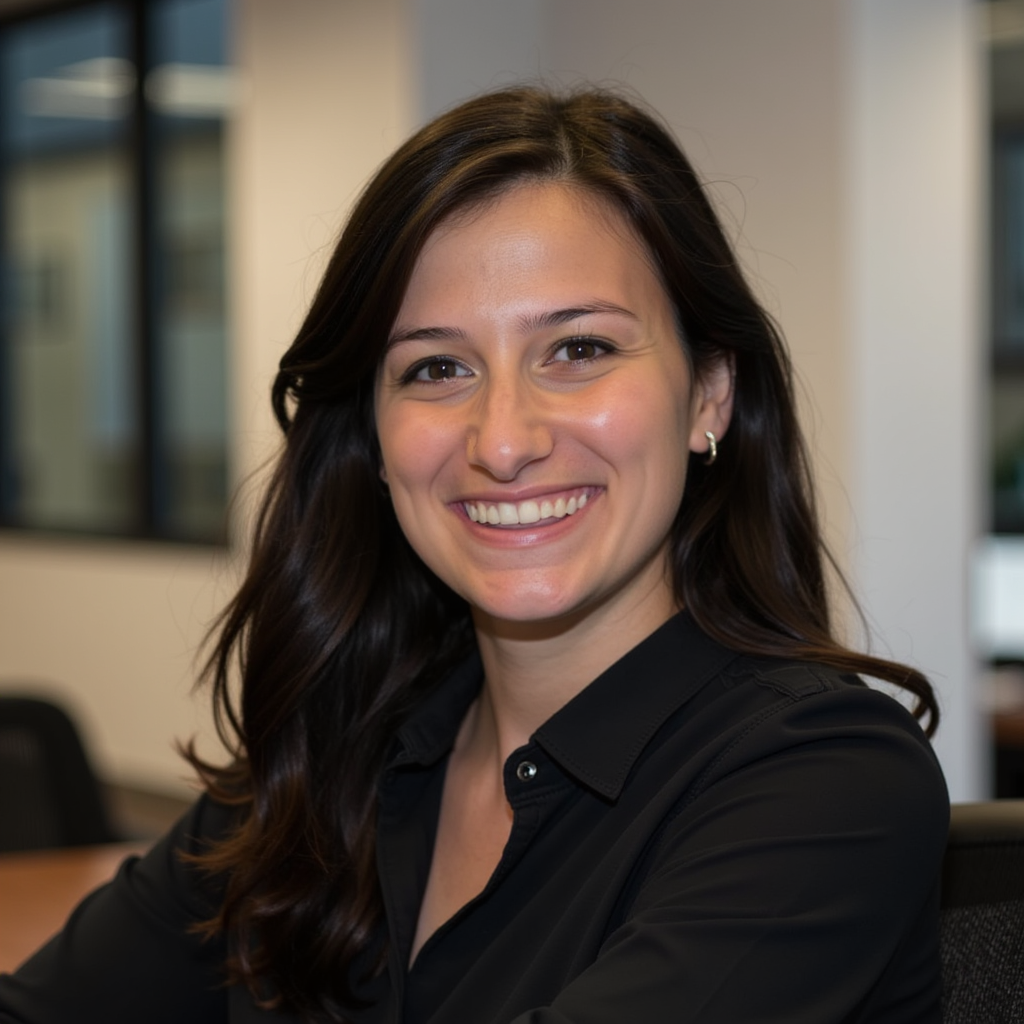When it comes to browsing your inventory, presentation matters.
A clear, high-quality product image can make the difference between taking action on an asset quickly or having it collect dust in storage.
Recently, one of our customers in the Bay Area shared how he’s been using AI tools to transform his product photos. By leveraging a modern AI model, he’s able to:
- Apply studio-style lighting
- Remove cluttered or distracting backgrounds
- Replace backgrounds with a clean white backdrop
- Adjust saturation and brightness for more accurate colors
- Isolate individual items from stacked products
The results were striking. The AI-generated image consistently looked polished and professional, while the original photo (shown second) offered important context. By sharing both, viewers get the best of both worlds: a clean, searchable image and a realistic reference photo.
Why it matters
On platforms like Rheaply, strong visuals don’t just make browsing more pleasant; they also enhance the overall user experience by:
- Increasing trust in the listing by providing a professional look
- Improving discoverability when paired with metadata and tagging
- Reducing buyer uncertainty, leading to faster transfers and fewer missed opportunities
- Sparking joy and pride for the people uploading inventory, encouraging broader participation
The opportunity ahead
While this capability isn’t native to Rheaply’s AI capabilities like generating estimated weight and replacement value today, it’s a powerful best practice for organizations looking to boost engagement with their reuse programs. Free or low-cost AI tools are making studio-quality photography accessible to everyone, no lighting rig or Photoshop experience required.
In the long term, we’re exploring ways to streamline this process so our users can transform their photos in-platform, without additional steps. Until then, experimenting with AI editing tools is a low-lift way to raise the standard of product photography across your organization.
Better images mean better outcomes. In the circular economy, that means more materials are put back to work. And in your inventory, that means it’s even easier to know what you have.
Prompts you can use
Single unstacked assets
Apply studio-style, even lighting to the subject. Replace the background with a clean, pure white backdrop. Return the final image in a square format (1:1 aspect ratio).
Stacked assets
Apply studio-style, even lighting to the subject. Replace the background with a clean, pure white backdrop. Unstack the items, then select and display only one of the items. Return the final image in a square format (1:1 aspect ratio).

Tip: Remember to make the sequence of operations clear so you do not accidentally provide a set of conflicting instructions. Be specific about the number of items you want in the final output and the sequence of operations.
